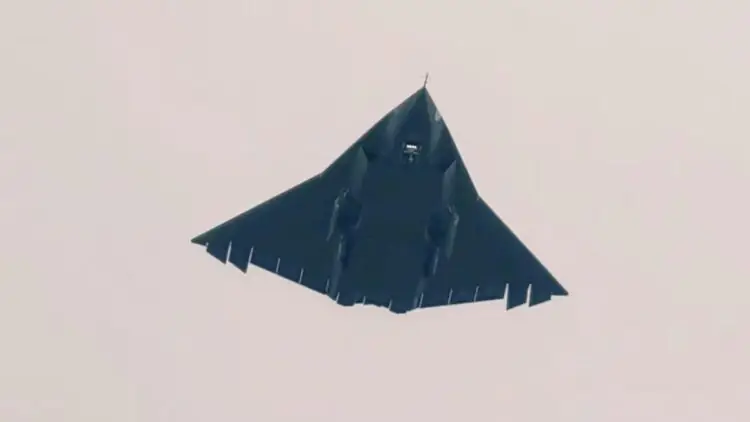The larger of two new Chinese tailless fighters, unofficially known as the J-36, has been spotted in the air for the second time. Its first flight is believed to have taken place on December 26, when two new fighters were photographed in the sky. However, new images taken during the second test flight provide a clearer view of this massive aircraft.
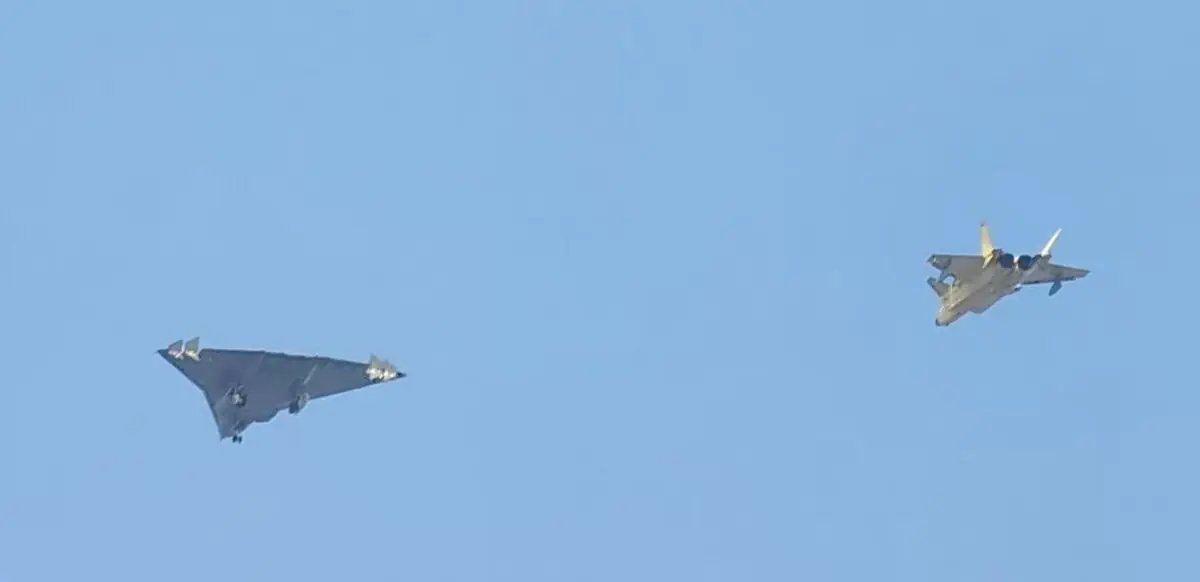
The J-36 fighter was built by Chengdu Aerospace Corporation, as indicated by the fact that the aircraft was first spotted during a departure from the company’s factory in the city of Chengdu. Satellite images from Planet Labs, reviewed by experts, revealed that a shelter was constructed at the flight test line in November-December of last year, large enough to accommodate an aircraft with a wide wingspan. This shelter serves two purposes: it allows the aircraft to be prepared for flight and undergo final checks with minimal interference from spectators or satellites, and it also protects the aircraft from the elements, which is crucial for continuing the test program.
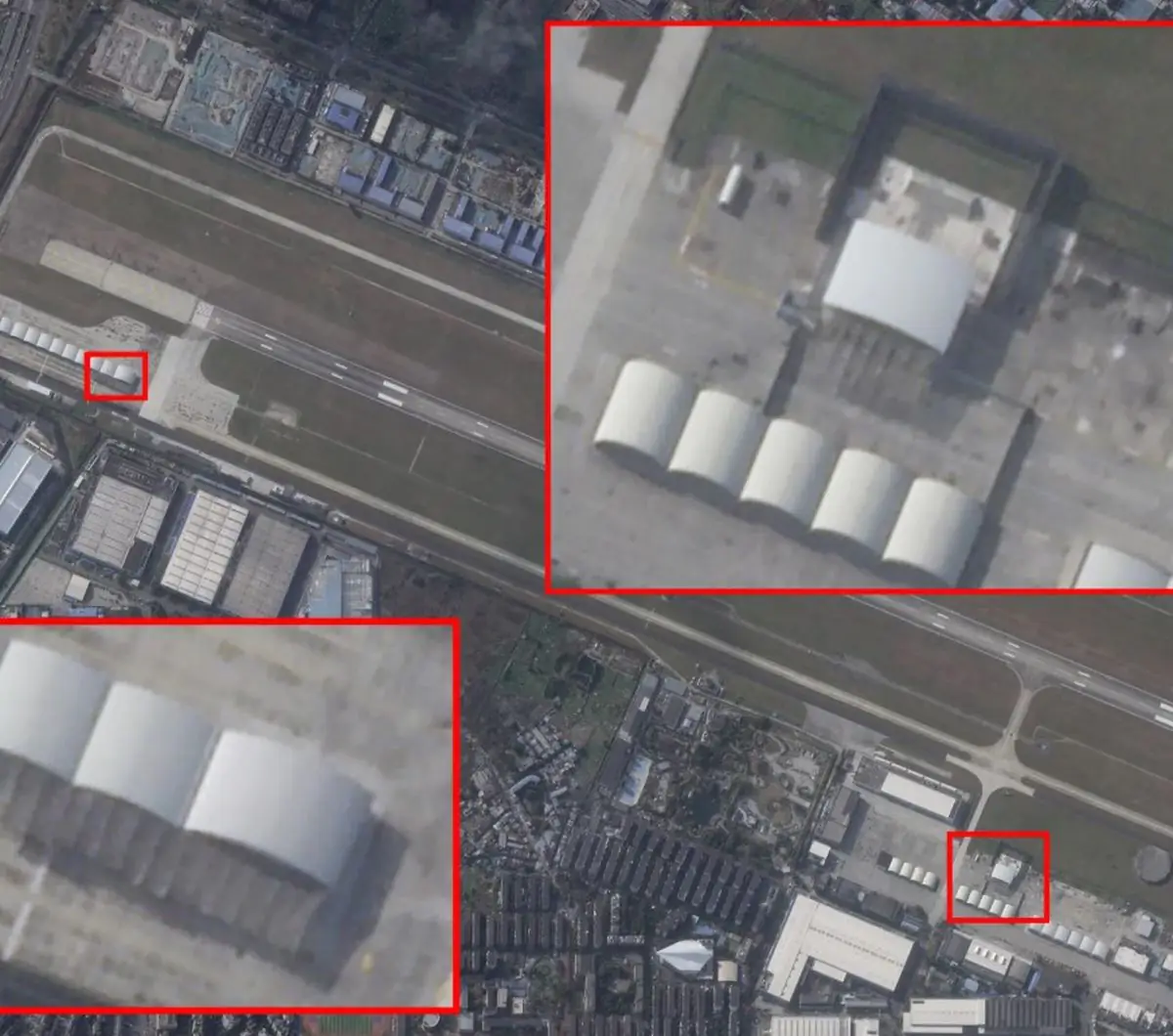
The new shelter is part of a line of 10 smaller shelters used to house existing fighters, such as the J-10 and J-20, produced at the Chengdu factory. A similar structure, which includes a fenced area with controlled access likely designed to block direct visibility and limit access, was built at the airfield in August. It is presumed that the aircraft prototype will remain in this shelter during maintenance, and will be moved to another shelter before its test flights.
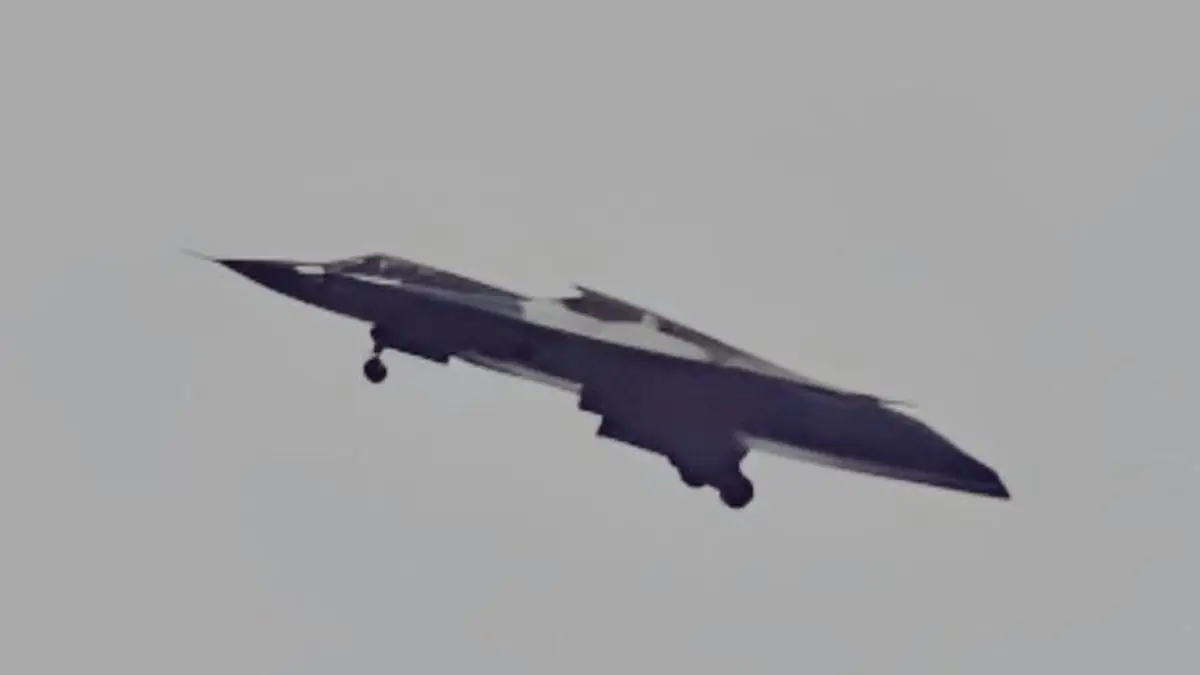
The new images appear credible and align with those released during the aircraft’s first test flight. They offer a side view of the plane, allowing for a closer look at the dorsal air intake and the fuselage fairing – two distinctive features of this model. The fairing seamlessly transitions into the upper line of the forward fuselage. The nose is notably wide, leading experts to maintain the possibility that the fighter’s cockpit may feature a side-by-side seating arrangement for the crew. Based on the images, it can be inferred that the aircraft utilizes a supersonic intake (DSI) design, characterized by a prominent hump and an angled upper section.
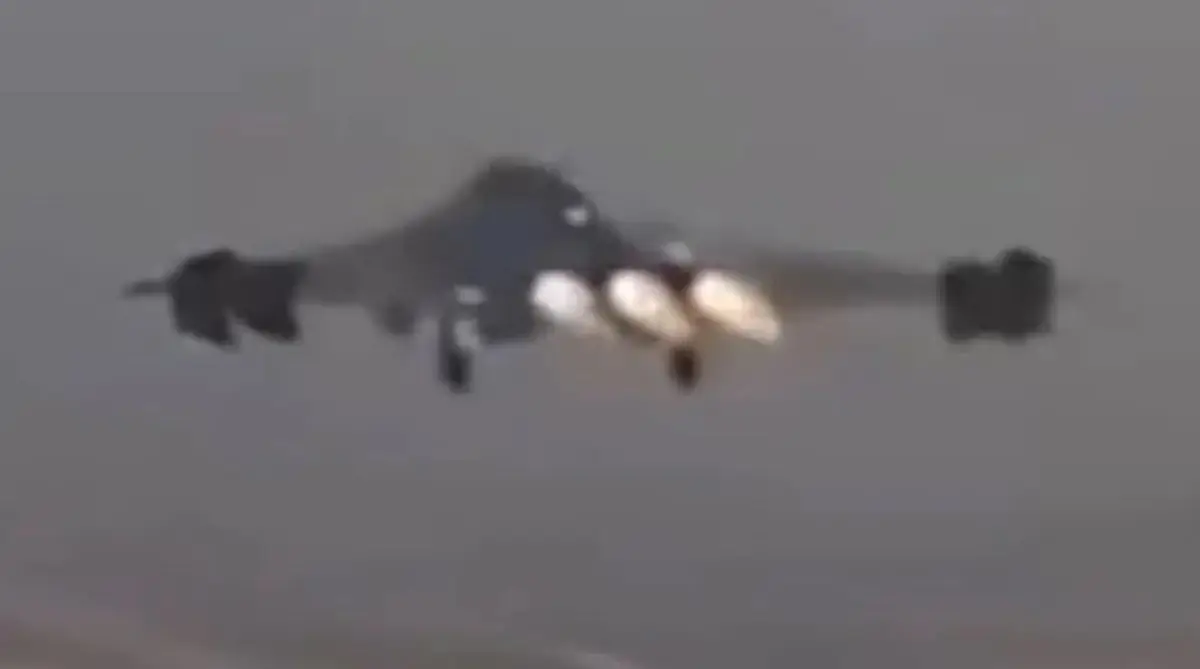
Experts also analyzed an image of the J-36 during engine ignition, captured either during a landing approach or takeoff. This is a striking sight, as the tri-engine configuration is quite unusual for tactical jet fighters. With the commencement of further testing, it is expected that the volume of photos and videos will increase, and their quality will improve, providing more details about the Chinese fighter in the near future.
Source: twz


